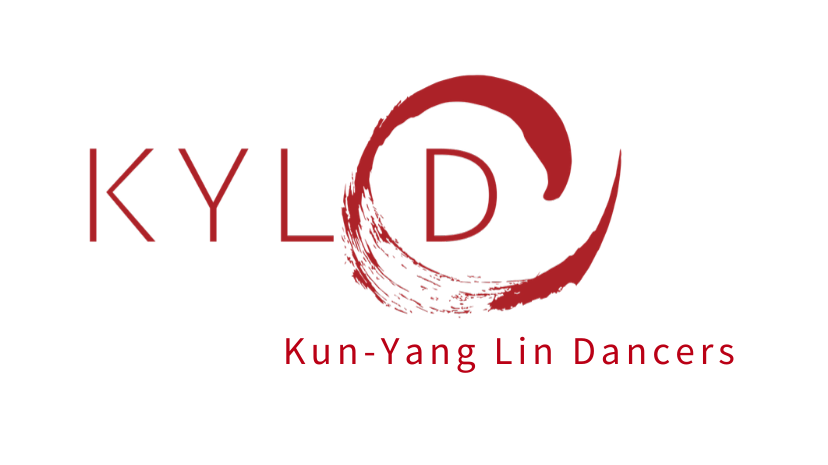An important component of Faith Project is deepening into an understanding of CHI Awareness Practice. How do we, as practitioners of CHI Awareness, talk about this ephemeral, kinesthetic and energetic experience? Having spent a lot of time in reflection on my own experiences with CHI Awareness, I’m inviting the dance artists of Faith Project to share their insights on this journey.
Weiwei Ma and Evalina “Wally” Carbonell have been studying CHI Awareness Practice as dance artists with KYL/D for several years.
Weiwei Ma reminded me that, in the Story Circles, the dance artists are learning more about different religions, but they also each bring their own faith practices to this process. This special relationship to the intention of Faith Project - listening and reflecting on the stories of others while also sharing their own stories - challenges the dancers to constantly exist in the in-between spaces of staying authentic to their individuality while honoring the collective. Weiwei said that this constant negotiation is part of CHI Awareness Practice. “Awareness is hard to show, however, we as artists keep discovering how to express it. Kun-Yang’s CHI Awareness is not just a body/movement technique. It is important to also engage in a practice of physical awareness and spatial awareness (between the individual and the collective).”
Faith Project is challenging Weiwei to “feel my body’s voice…. Kun-Yang’s choreography doesn’t express a story. In Faith Project, my body needs to be sensitive, pure and ethereal.” She added that Faith Project and CHI Awareness Practice are unique because the work is not only about crafting the physical body, but also about creating a feeling state for the performers and audience.
Evalina “Wally” Carbonell reflected that the process of the Story Circles and rehearsal have expanded her understanding of CHI Awareness Practice. The dance artists, as I described in earlier posts, have improvised movement responses to the stories of the community partners during the Story Circles. “Very quickly, and without advance discussion” Wally reported, “we collaborate with our dance partners in this improvisational study. Due to the spontaneous nature of the resulting dance, CHI Awareness plays a vital role in navigating the space and communicating wordlessly with our partners."
“In our Faith Project rehearsals, we also employ our CHI Awareness skills on a daily basis, responding on-the-spot to Kun-Yang’s direction, and tracking improvisational passages until they solidify into repeatable sequences.”
Wally continues, “As I reflect on the Faith Project, I realize that we are creating a dance that is, in many ways, describing and defining CHI Awareness Technique. In the course of the Dance, we cultivate deeper awareness of ourselves, others, and the energy that surrounds and unites us.”
In the course of the dance of Faith Project, through the process, and into the performances, all of us - the dance artists, collaborators, community members, audience, and you, dear readers, - are mining this opportunity to “cultivate a deeper awareness of ourselves, others, and the energy that surrounds and unites us.”
readers: How has Faith Project informed your understanding of CHI Awareness, thus far?
~ Jessica Warchal-King
NOTE: To make a comment on this blog, you do not need to make an account- just click "Comment(s)" in bottom left hand corner, write your comment in the comment box that appears, click "Post Comment..." then type in your first and last name and click "Comment as Guest")
Major support for the Faith project has been provided by The Pew Center for Arts & Heritage, with additional support from the National Endowment for the Arts.






